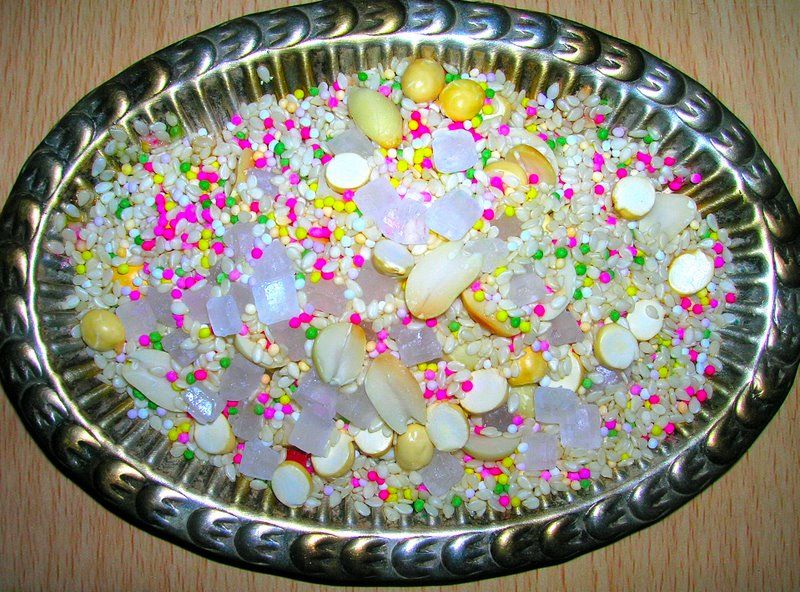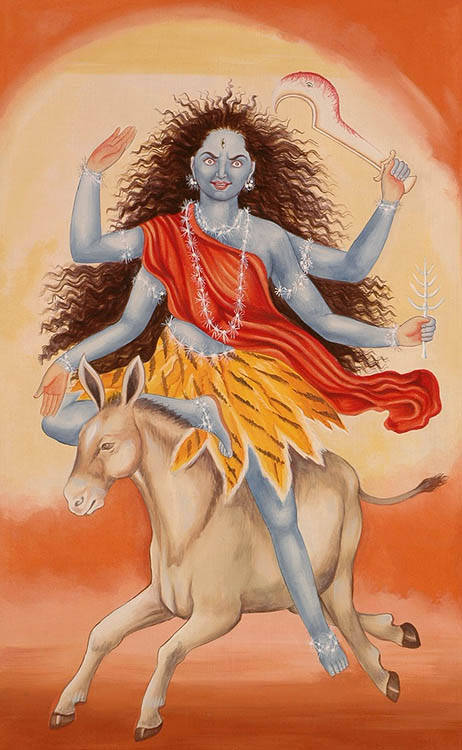
Jambul is also known as jambu/jambula/jamboola, Java plum, jamun, jaam/kalojaam, jamblang, jambolan, black plum, Damson plum, Duhat plum, Jambolan plum, or Portuguese plum. Malabar plum may also refer to other species of Syzygium. In Tamil, this fruit is called Naval Pazham or Navva Pazham and In Kannada this fruit is called as Nerale hannu. The botanical name is Syzgium cumini.
The ripe berry has a sweet taste and it is acidic and astringent in nature. This berry is usually eaten with some salt sprinkled on it because of its acidic nature. When you eat the fruit, it leaves a purple coloring on the tongue, this is a result of anthocyanin- a pigment present in the berry.
Nutritional content and health benefits
This berry is loaded with minerals and glucose and fructose are the major sugars found in the ripe fruit. It has a large seed inside which makes it about 70 percent edible. The Indian blackberry provides lower calories as compared to other fruits, a medium sized jamun gives about 3 to 4 calories. The fruit is rich in carbohydrates, proteins and also shows traces of calcium. It is a fairly good source of iron as it provides about one to two milligrams or iron per hundred grams. It is an excellent source of vitamin C; this black plum provides 18 milligrams of vitamin C per hundred grams. This berry is a rich source of folate, Vitamin B, carotene, magnesium, potassium, fibre and antioxidants.
The Jamun is used to treat Diabetes. It is also used for treating digestive disorders such as diarrhoea. Extract of the leaves, the seeds and the bark of the jamun plant have been found to cause a noticeable decrease in blood sugar and glycouria or sugar in the urine. Several studies prove that the jamun has hypoglycaemic effects it can bring about upto 30 percent reduction in blood sugar.
The seeds of this Indian black berry or java plum are rich in alkaloids which have the hypoglycaemic effects.
Studies also show that the Jamun is helpful in treating liver disease, which could play an important role in preventing liver damage. This berry also helps prevent cancer, this can be attributed to the antioxidants present in this fruit. Studies say that including this fruit in one’s diet when undergoing chemotherapy and radiation also proves to be beneficial. Research confirms that the antioxidant compounds (phytochemicals ) and polyphenolic compounds have great health benefits. They help in preventing several diseases such as cancer, heart disease, diabetes and arthritis.
The jamun also has blood purifying properties. the leaves of the jamun tree have anti bacterial properties and are used for making medicines that help strengthen teeth and gums. The bark of this tree is useful for de-worming, treating urinary disorders, and is used to formulate many herbal medicines. This fruit is important in ayurvedic medicine.
Due to the high astringent properties of this tree, extracts of the bark, the leaves and the fruit are used for mouthwashes and mouth freshening gargles, and for treating gingivitis or bleeding gums in particular. The bark and the leaves of this tree are useful in controlling high blood pressure.
The juice of the jamun is very soothing and cooling, it aids in proper functioning of the digestive system.
The jamun fruit is eaten fresh when ripe. They taste better with some salt sprinkled on the fresh ripe berry. It can also be made into a preserve, squash concentrate, jam or candy. Unripe berries are used to make vinegar. The ripe berry is also used to make wine.
There are two types of jamun- the white fleshed jamun has good amounts of pectin and can be used to make jelly, the purple fleshed jamun more commonly found, also makes good jelly but does not have good amounts of Pectin.
Thus we can say that not just the fruit but the entire tree is beneficial to our health.
Ancient Tamil culture
There is a very famous legend that is associated with Auvaiyar (also Auvayar) (Tamil: ஔவையார்), a prominent female poets/ethicist/political activist of Sangam period (Tamil literature), and Naval Pazham(Jambu) in Tamil Nadu. Auvaiyar, believing to have achieved everything that is to be achieved, said to have been pondering over her retirement from Tamil literary work while resting under Naval Pazham tree. But she was met with and was wittily jousted by a disguised Lord Murugan (regarded as one of the guardian deities of Tamil language), who later revealed himself and made her realize that there is still a lot more to be done and learnt. Following this awakening, Auvaiyar is believed to have undertaken a fresh set of literary works, targeted at children. These works, even after a millennium,are often among the very first literature that children are exposed to in Tamil Nadu schools.




















